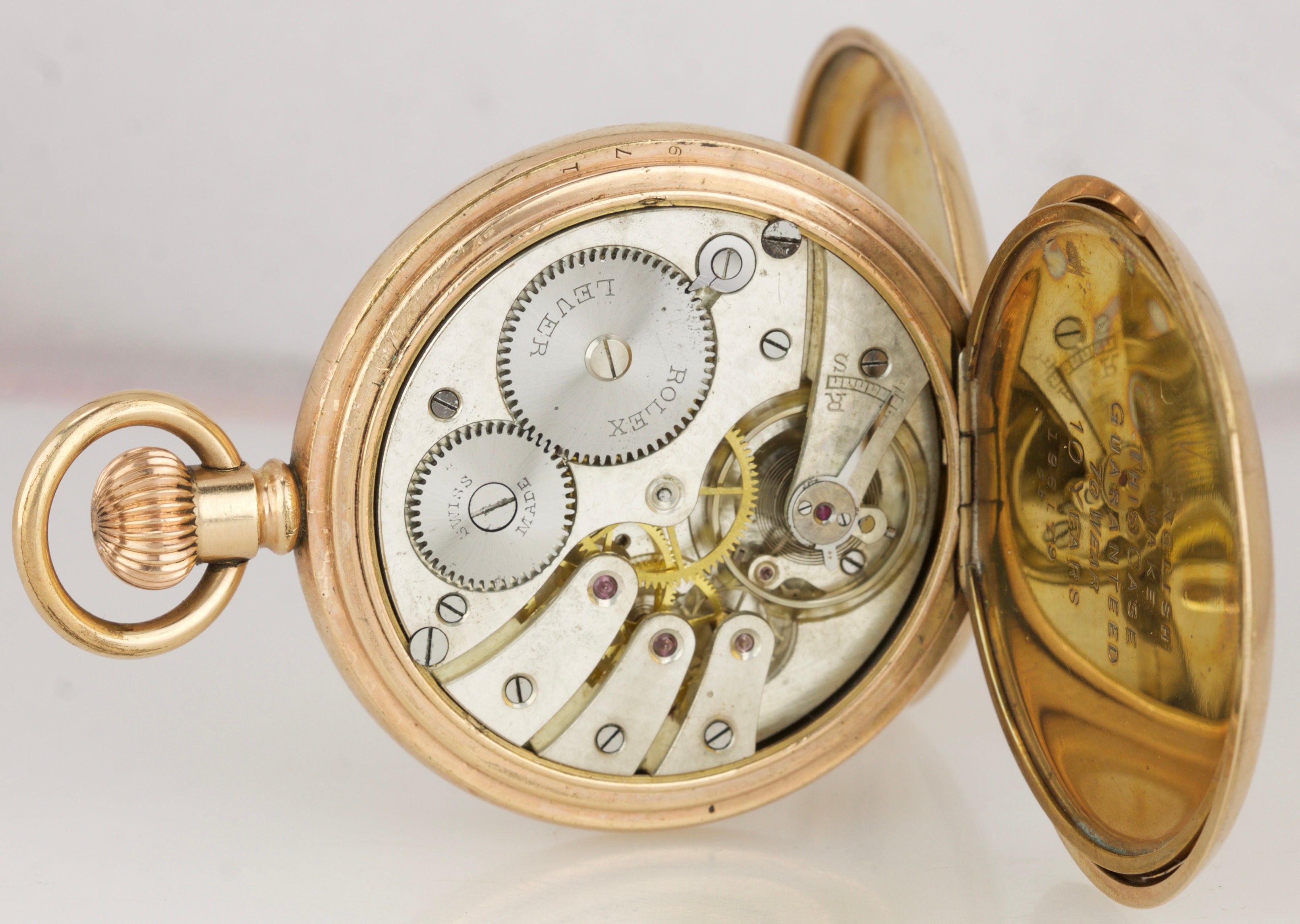

companies then produced large quantities watches with reliable quality, and as such were dominating the world market.Īround 26,000 Jones movements were produced, although by 1874 only 6,000 were sold. These Schaffhausen-made pocket watches were primarily sold in the United States, which in the second half of the 19 th century was a center of modern watchmaking. The Jones movements generally were finely finished, so much so that some even were cased with display backs. New patented technologies were employed, as well as other innovative characteristics, such using a longer index or “Jones needle” to assist with fine regulation of the movement.

The pocket watches with Jones’ movements exemplified fine watchmaking of their era and cutting-edge techniques. His now-called Jones movements began in 1869 until he left the company in 1875, although some models were assembled and sold after his departure, still bearing Jones' highly regarded emphasis on fine craftsmanship. Jones, who established the company in 1868. IWC’s long and proud pocket watch tradition began with its American founder, F.A. Most importantly, for IWC the highest principles of fine engineering and meticulous craftsmanship continue to evolve and distinguish the brand. Mechanical watches, old and new, tell time in the same way. The essential time-keeping mechanism, the Swiss lever escapement, works basically the same in today's wristwatches as in history’s pocket watches. While pocket watches appear today as anachronisms, the principles underlying IWC’s great pocket watch tradition continues and, indeed, prevails. IWC, like all watch companies founded in the 19 th century, produced pocket watches for decades. The beauty of mechanical watches is that they pay tribute to the past while representing the future.


 0 kommentar(er)
0 kommentar(er)
